- High-beam headlights
- Brake lights
- All of these things must be checked
- Reflectors
Quote From Page 118 Of The CDL Manual:
Lights/reflectors: Check that all external lights and reflective equipment are clean and functional. Light and reflector checks include:
- Clearance lights (red on rear, amber elsewhere)
- Headlights (high and low-beams); taillights
- Turn signals
- 4-way flashers
- Brake lights
- Red reflectors (on rear) and amber reflectors (elsewhere)
Note: Checks of brake turn signal and 4-way flasher functions must be done separately.
TruckingTruth's Advice:
While it may get a bit repetitive, during the pre-trip exam you need to point out and identify every light and reflector on both the truck and the trailer. Make sure all lights and reflectors are functioning properly, are clearly visible, properly mounted and secured, and not cracked or broken.
- Pass an advanced driving test to prove your safe driving abilities
- Initially and at each renewal date undergo a detailed HAZMAT specific DOT Physical exam
- Receive a tanker endorsement first
- Initially and at each renewal pass a security background check and a written exam about transporting hazardous materials
Quote From Page 87 Of The CDL Manual:
To obtain a Hazardous Materials Endorsement on a CDL, you must initially and at each renewal pass a security background check and a written exam about transporting hazardous materials.
- Within 10 feet
- Within 75 feet
- Within 25 feet
- Within 50 feet
Quote From Page 101 Of The CDL Manual:
Do not smoke within 25 feet of a placarded cargo tank used for Class 3 (flammable liquids) or Division 2.1 (gases). Also, do not smoke or carry a lighted cigarette, cigar or pipe within 25 feet of any vehicle that contains:
- Class 1 explosives
- Class 2.1 flammable gas
- Class 3 flammable liquids
- Class 4.1 flammable solids
- Class 4.2 spontaneously combustible
- Class 5 oxidizers
TruckingTruth's Advice:
The cab of the truck, both inside and out, is considered part of the placarded vehicle, so no smoking is allowed by the driver of the vehicle while in the cab.
- Finish the turn in the left lane
- If two lanes are available, straddle both lanes until the trailer is straight, then choose a safe lane
- Finish the turn in the right most (curb) lane
- Finish the turn in the center lane
Quote From Page 131 Of The CDL Manual:
Lane usage:
- Do not put vehicle over curbs, sidewalks or lane markings.
- Stop behind stop lines, crosswalks or stop signs.
- Complete a turn in the proper lane on a multiple-lane road (vehicle should finish a left turn in the lane directly to the right of the center line).
- Finish a right turn in the right-most (curb) lane.
- Move to or remain in right-most lane unless lane is blocked.
TruckingTruth's Advice:
When making a left turn, finish the turn in the left lane and when making a right turn, finish the turn in the right lane. Be sure no vehicles "squeeze" next to you while making the turn.
- 20,000 pounds
- 100,000 pounds
- 80,000 pounds
- 34,000 pounds
Quote From Page 10 Of The CDL Manual:
Weight
The maximum weight limits on both designated and non-designated streets and highways are:
- 20,000 pounds on a single axle.
- 34,000 pounds on a tandem, and
- Up to 80,000 pounds of total weight on a 5-axle combination, depending upon axle spacing.
- 20,000 pounds on a single axle
- 34,000 pounds on a tandem
- 80,000 pounds on a 5-axle combination, depending upon axle spacings.
TruckingTruth's Advice:
A "tandem" is a reference for a pair of axles. For example, the rear 2 axles on a tractor and the rear two axles on the trailer are considered tandems. So a single axle (such as the front axle) can have a maximum of 20,000 pounds. A tandem (two axles in close proximity) may have 34,000 pounds. But the entire weight of the vehicle can not exceed 80,000 pounds.
- A rail along the side of a vehicle that protects the side of the vehicle from impacts.
- A vertical barrier placed directly behind the cab of a tractor to protect the cab in the event cargo should shift forward.
- A structure, device, or another substantial article placed against an article to prevent it from tipping that may also prevent it from shifting.
- A strip of material that may be used to unitize articles and is tensioned and clamped or crimped back upon itself. (same as "Strapping")
Quote From Page 2 Of The CDL Manual:
Bracing:
A structure, device, or another substantial article placed against an article to prevent it from tipping that may also prevent it from shifting.
- The lessee or owner's name
- The weight of the product including the tank
- The number of gallons being held
- The destination of the cargo
Quote From Page 100 Of The CDL Manual:
Portable tanks also must show the lessee or owner's name and display the shipping name of the contents on two opposing sides. The letters of the shipping name must be at least 2-inches tall on portable tanks with capacities of more than 1,000 gallons and 1-inch tall on portable tanks with capacities of less than 1,000 gallons. The ID number must appear on each side and each end of a portable tank or other bulk packaging that holds 1,000 gallons or more and on two opposing sides, if the portable tank holds less than 1,000 gallons. The ID numbers must still be visible when the portable tank is on the motor vehicle. If they are not visible, you must display the ID number on both sides and ends of the motor vehicle.
- Fully contained by structures of adequate strength.
- Immobilized on or within a vehicle by appropriate means to prevent shifting or tipping.
- Fully covered by a tarp.
- Immobilized by structures of adequate strength to prevent shifting or tipping
Quote From Page 2 Of The CDL Manual:
All types of cargo must satisfy one of the following three conditions when being secured:
- Fully contained by structures of adequate strength, or
- immobilized by structures of adequate strength to prevent shifting or tipping, or
- immobilized on or within a vehicle by appropriate means to prevent shifting or tipping.
- At low RPMs with the transmission in a high gear
- At high RPMs with the transmission in a high gear
- At high RPMs with the transmission in a low gear
- At low RPMs with the transmission in a low gear
Quote From Page 39 Of The CDL Manual:
You must use the braking effect of the engine as the principal way of controlling your speed. The braking effect of the engine is greatest when it is near the governed RPMs and the transmission is in the lower gears. Save your brakes so you will be able to slow or stop as required by road traffic conditions.
- Portable tanks are loaded or unloaded while on the vehicle while cargo tanks are loaded or unloaded while off the vehicle
- Portable tanks are loaded or unloaded while off the vehicle and cargo tanks remain on the vehicle when you load and unload them
- None of these answers are correct
- Portable tanks and cargo tanks are the same and simply have two different names
Quote From Page 100 Of The CDL Manual:
Cargo tanks are bulk packagings permanently attached to a vehicle. Cargo tanks remain on the vehicle when you load and unload them. Portable tanks are bulk containers not permanently attached to a vehicle. The product is loaded or unloaded while the portable tanks are off the vehicle. Portable tanks are then put on a vehicle for transportation. There are many types of cargo tanks in use. The most common cargo tanks are MC406 for liquids and MC331 for gases.


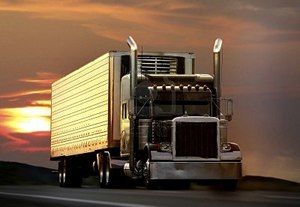
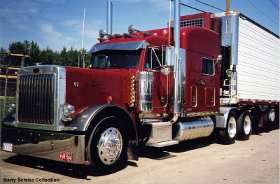
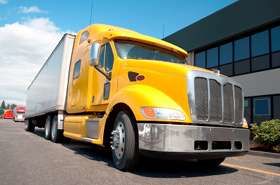
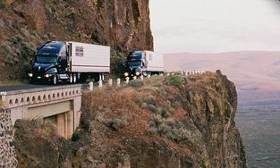
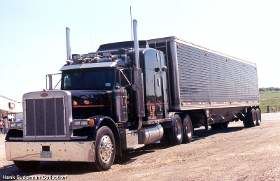
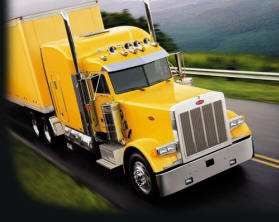
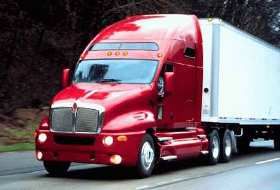
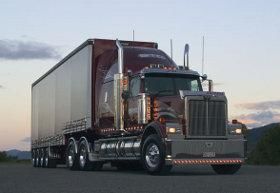
 ) to help you understand the materials better and gain an understanding for how that knowledge will fit into the overall picture.
) to help you understand the materials better and gain an understanding for how that knowledge will fit into the overall picture.
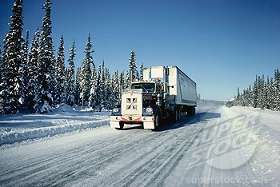
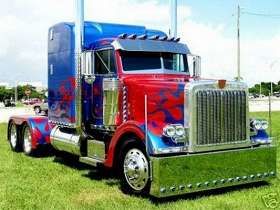
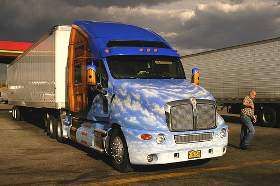
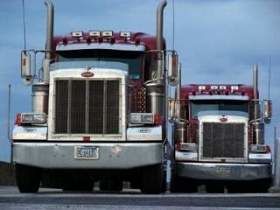
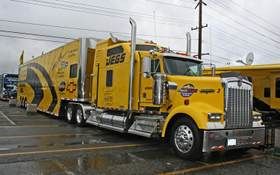
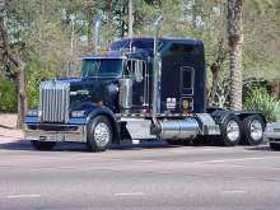


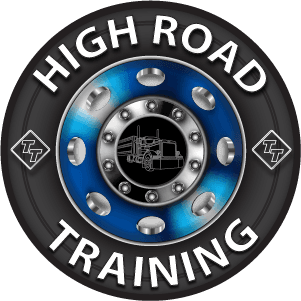


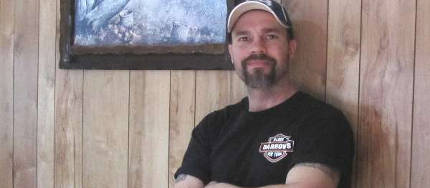
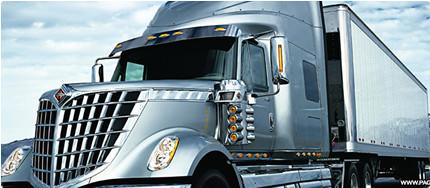
 TT On Facebook
TT On Facebook